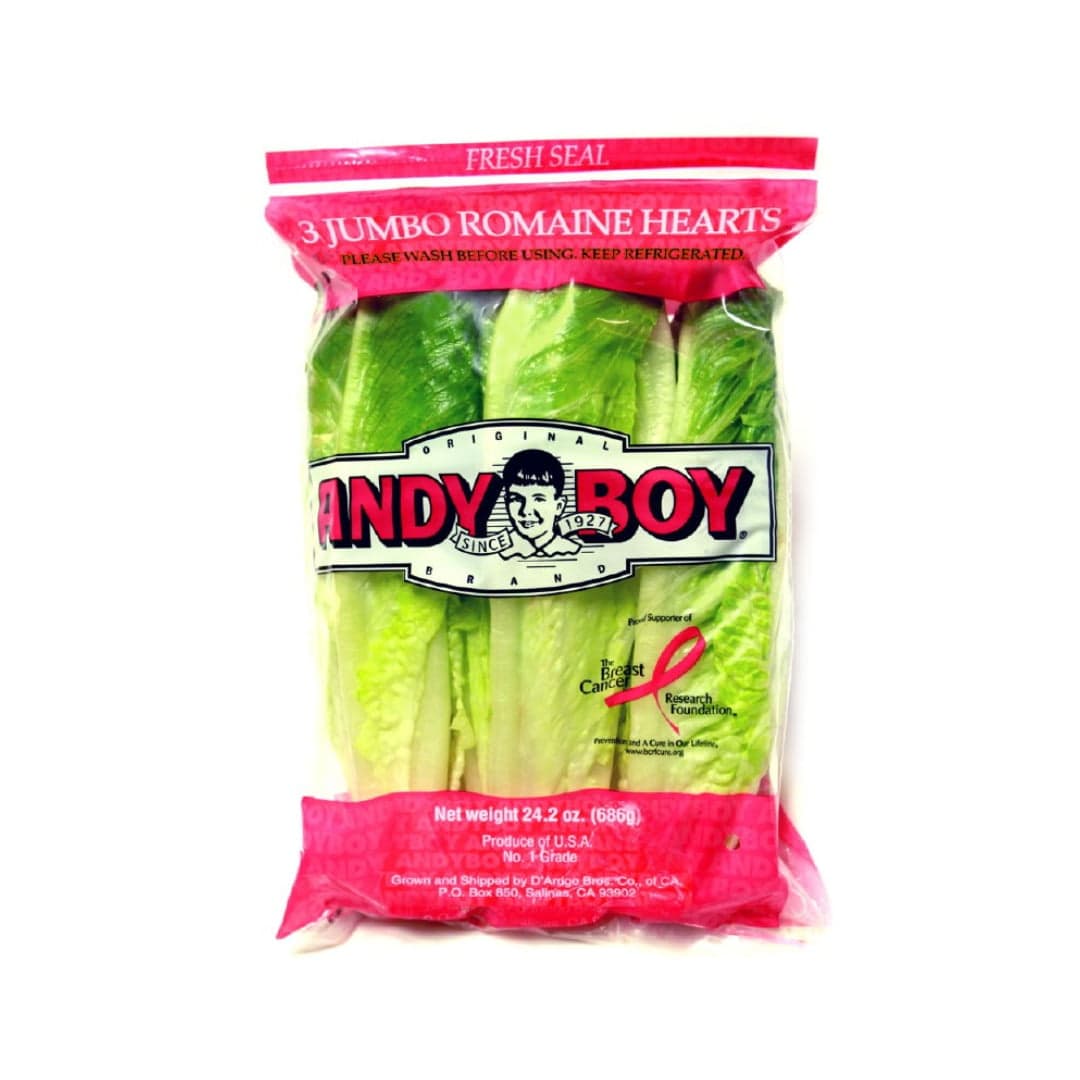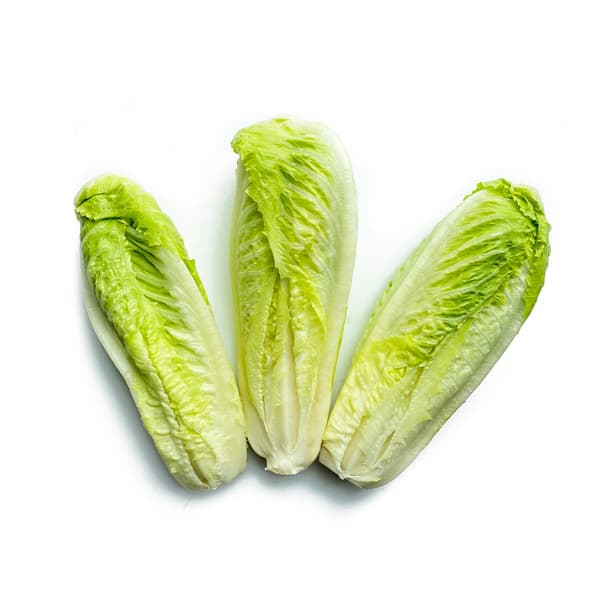
Collard Greens
Product Details
Description
**Collard Greens** are a popular leafy green vegetable, primarily known as a staple of Southern United States cuisine, but cultivated and consumed globally. Here is a detailed description: ### 1. Botanical Classification * **Family:** They belong to the *Brassica oleracea* species, placing them in the same family as kale, cabbage, broccoli, and Brussels sprouts (the cruciferous vegetables). * **Form:** They are specifically part of the *Acephala* Group (meaning "without a head"), distinguishing them from head cabbage. ### 2. Physical Appearance * **Leaves:** Collard leaves are **large, broad, smooth, and flat**, differentiating them from the curly, ruffled leaves of kale. They are typically a deep, dark green color. * **Stems/Ribs:** They have light-colored, tough, and often thick central stems or veins. These are usually removed before cooking, as they remain very fibrous. * **Growth:** The plants grow upright on a tall, central stalk, forming a loose rosette of leaves rather than a compact head. ### 3. Flavor and Texture * **Raw Flavor:** When eaten raw, collard greens have a **hearty, tough texture** and a noticeably **bitter and sharp, tangy flavor**. * **Cooked Flavor:** Their flavor mellows significantly when cooked slowly. Traditional preparation involves long, slow braising, which results in an **earthy, savory, and milder** taste, often with a hint of sweetness. * **Texture (Cooked):** Slow cooking transforms the tough leaves into a **tender, succulent** texture. ### 4. Culinary Significance * Collard greens are famously prepared using the Southern cooking method of **braising** with savory ingredients like ham hocks, smoked turkey, or bacon, and seasoned with vinegar or spices. * The flavorful liquid left over after cooking is called **"potlikker"** (or pot liquor) and is highly prized for dipping cornbread. * Due to their large, sturdy nature, raw or lightly blanched leaves are sometimes used as a **low-carb wrap** substitute. ### 5. Hardiness * Collards are one of the most resilient leafy greens. They are **very cold-tolerant**, and like kale, their flavor is often considered best when harvested after the first frost, which converts starches to sugars and reduces bitterness.
Product Information Notice
We strive to provide accurate information regarding ingredients, nutritional details, product images, and descriptions on our website. However, this information may occasionally change. For the most current and precise ingredient and nutrition information, please always refer to the actual product packaging.
You Might Also Like
Discover more products based on your current selection







